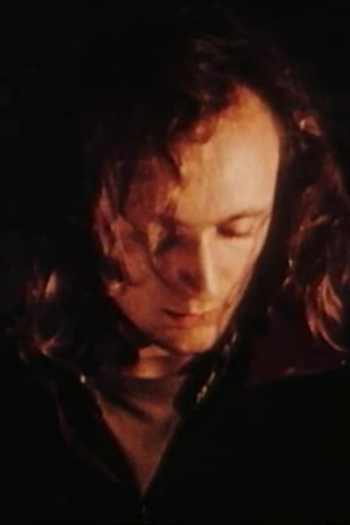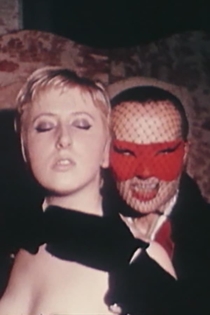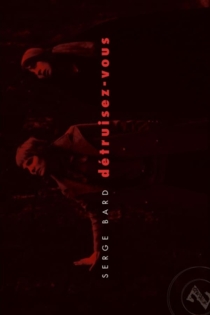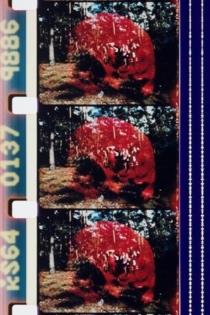
Étienne O'Leary
1944 - 2011Chromo sud
Étienne O'Leary
Anne-Marie, Michel Auder
One of the very few films made by Etienne O'Leary, all of which emerged from the French underground circa 1968 and can be very loosely designated 'diary films.' Like the contemporaneous films by O'Leary's more famous friend Pierre Clementi, they trippily document the drug-drenched hedonism of that era's dandies. O'Leary worked with an intoxicating style that foregrounded rapid and even subliminal cutting, dense layering of superimposed images and a spontaneous notebook type shooting style. Yet even if much of O'Leary's material was initially 'diaristic,' depicting the friends, lovers, and places that he encountered in his private life, the metamorphoses it underwent during editing transformed it into a series of ambiguously fictionalized, sometimes darkly sexual fantasias. - Experimental Film Club
Chromo sud

Homeo
Étienne O'Leary
Michèle Giraud, Yves Beneyton
Homeo is a mental construction made from visual reality, just as music is made from auditive reality. I put in this film no personal intentions. All my intentions are personal. I’ve made this film thinking of what the audience would have liked to see, not something specific that I wanted to say: what the film depicts is above all reality, not fiction. Homeo is, for me, the search for an autonomous cinematographic language, which doesn't owe anything to traditional narrative, or maybe everything. Cinema is, above all, part of a way of life which will become more and more self-assured in the years and century to come. We are part of this change, and that’s why I tried in Homeo to establish a series of perpetual changes, in constant evolution or regress, which tries, above all, to focus on things.
Homeo

La deuxième femme
Pierre Clémenti
Tina Aumont, Balthazar Clémenti
Over the course of more than fifteen years, Clémenti films a series of intimate diaries, starting from daily encounters. In La deuxième femme, we see Bulle Ogier and Viva, Nico and Tina Aumont, Philippe Garrel and Udo Kier, a performance by Béjart, a piece by Marc’O, concerts by Bob Marley and Patti Smith (not always recognisable)... It’s like a maelstrom of psychedelic images that are passed through a particle accelerator.
La deuxième femme

Le voyageur diurne
Étienne O'Leary
Michèle Giraud, Marie-France Arsenault
A woman walks, loves, eats and washes herself, dances. It all takes place in a bedroom. At times flashbacks, or visualizations of previous or following scenes. Unless her life in the bedroom becomes an obsession, she lives through the other scenes.
Day Tripper

Satan Bouche un Coin
Jean-Pierre Bouyxou, Raphaël Marongiu
Pierre Molinier, Janine Delannoy
The film is a series of images, shown in short takes (anywhere from a few frames to 30 seconds), of more or less fetishistic imagery (something Bouyxou was particularly fond of). After a credit and title sequence written on naked human flesh, the viewer sees the brilliant Molinier standing sanctimoniously in front of a screen. Soon he is joined by a woman, and he fondles her breasts while retaining his signature grin. Molinier seems to almost be the 'ringmaster' of the incidents, with almost every minute episode cutting back to him. His presence is one thing that makes this film remarkable; the same sort of aura that exists in Moliniers famous self-portraits and cut-ups is present here, on screen. (esotika.blogspot.com)
Satan Bouche un Coin

Détruisez-vous
Serge Bard
Caroline de Bendern, Juliet Berto
Detruisez-vous is a ‘primitive’ film which breaks all the rules of film-making. It’s the first Zanzibar film (and predates the very naming of the movement), an attempt to make a film which defies the rules of production, the production line of commerce
Destroy Yourselves


